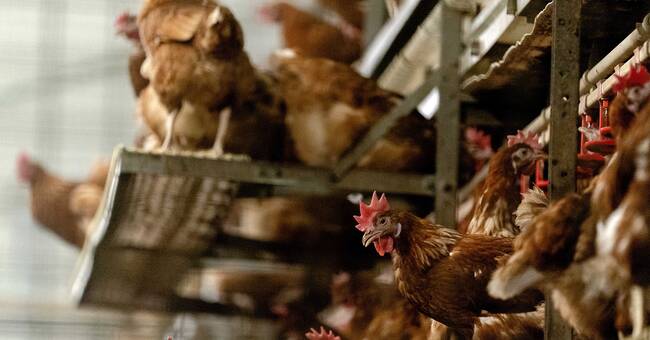After the bird flu virus was found in wild and domestic birds in the Netherlands, Germany, Great Britain and Denmark, the Swedish Board of Agriculture has increased the level of protection for all bird herds.
This means that the animals must be kept indoors.
When it comes to private so-called hobby flocks, it is enough that the birds are kept fenced in, but they are not allowed to roam free.
Does not infect humans
At this particular time in the autumn, the risk of the virus spreading is greater, as many seabirds move.
Common to the latest variants of the virus that has been found is that they cause high mortality in both domestic and wild birds, but it has not affected humans.
- The virus has a high mortality rate in birds.
If an outbreak occurs, it has major consequences and in addition to many birds becoming ill and dying, it can lead to trade restrictions, among other things, says Lotta Hofverberg, who is head of the infection control unit at the Swedish Board of Agriculture.
Wild birds are likely to be infected
The last time Sweden was affected by a major outbreak of bird flu was in the winter of 2016-2017, according to the Swedish Veterinary Institute, SVA.
- There was a major outbreak in Europe when Sweden was also affected.
Since then, we have seen isolated cases in mainly wild birds, says Malin Grant, epidemiologist at SVA's department for epidemiology and disease control.
Now that the virus has been found as close as in Denmark and Germany, there is a high probability that there are wild birds that carry the infection, says Malin Grant:
- If you find dead birds in the wild, we want them in for examination, says Malin Grant at SVA.
SVA and the Swedish Board of Agriculture are following the development and the increased level of protection applies until further notice.

